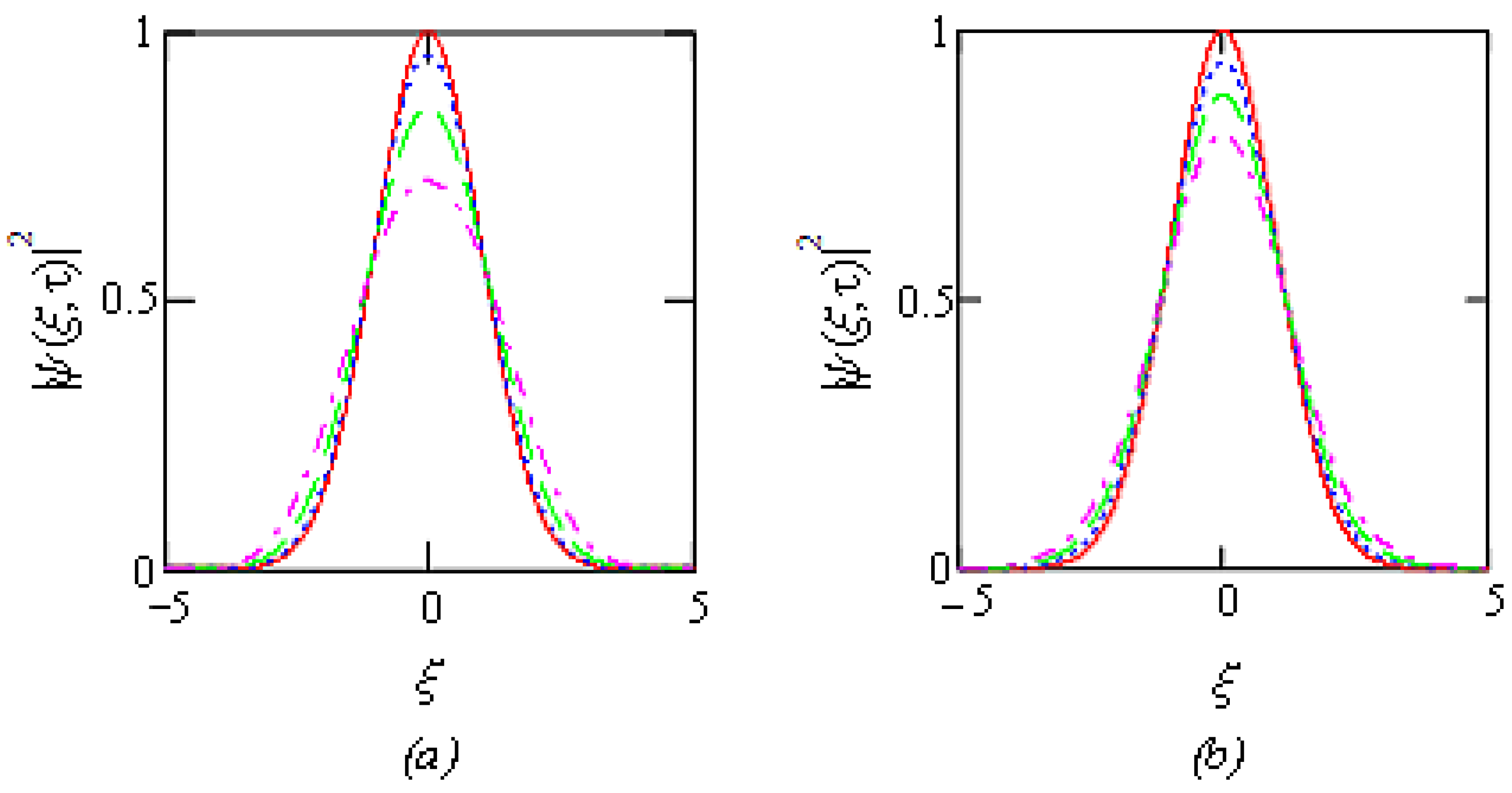

Snapshot 8: -1 can now be easily seen as a real number with an argument equal to 180 degrees. Snapshot 7: When is a positive real number without any imaginary component, it will have one root with no imaginary component whose powers all lie on the real number line. The green, blue, purple, and red sectors are also each degrees and track the unfolding powers of. Because each vertex of a regular pentagon is separated by 72 degrees from its neighbor, the has an argument equal to degrees. Since has an argument of 300 degrees, the root with the smallest argument has an argument that is degrees. Snapshot 6: Here the arguments are shown as overlapping sectors. Here we tie the five powers of together as an "orbit" which is displayed as a set of orange lines and a spiral. It is not so obvious imagining how the powers of each root expand and rotate to coincide with, because they lie on a spiral that sometimes overlaps itself. Notice the five roots still form a regular pentagon, and one of the root's argument is 1/5 the argument of. Snapshot 4: These observations are true for any. Snapshot 3: The five roots form the vertices of a regular pentagon. So in this example we divide the argument of by 5. Its argument is the argument of divided by. Snapshot 2: One of the roots is always easily found. Holding the Alt key down refined the movement of the locator and allowed us to place the locator at exactly.

All the roots have the same magnitude and lie on the circle of radius. Snapshot 1: As long as, there will always be different complex numbers that satisfy the equation.


 0 kommentar(er)
0 kommentar(er)
